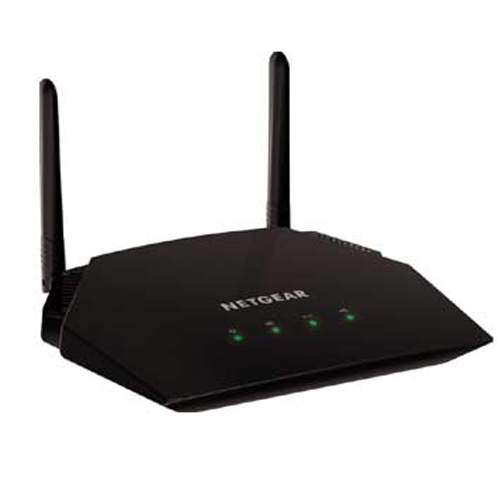New standard for WiFi on July 1st
2018-06-23
Today, Wi-Fi can apply to products that use any 802.11 standard. The 802.11 specifications are part of an evolving set of wireless network standards known as the 802.11 family. The particular specification under which a Wi-Fi network operates is called the "flavor" of the network.
802.11ax is the emerging Wi-Fi standard that will likely displace the current 802.11ac standard with higher throughput and overcoming poor performance in crowded environments. July 1st is the big day for 802.11ax, the next big thing in Wi-Fi and it is the most awaited things to come up after a gape of 4 years.
Experts says, IEEE standards take three years. The 11ax group has been at it four years so far. That’s longer than today’s 11ac standard took, but still shorter than the complex 11n standard before it.
WLAN moved into the giga era in June 2013, when the Wi-Fi Alliance certification of the 802.11ac wireless networking standard came into effect. The ac standard, standardized by the Institute of Electrical and Electronics Engineers (IEEE) in January 2014, offers throughput speeds of at least 1 Gbps on existing floor-level WLAN.
From 2015, it will be possible to offer giga-speed throughput on 802.11ad near-field WLAN as well.
It is going to address the issue of Wi-Fi , which are that bandwidth is shared among endpoint devices, access points can have overlapping coverage areas, especially in dense deployments, and end users can be moving between access points. The current solution, based on a technology from the old shared Ethernet days called Carrier Sense Multiple Access with Collision Avoidance (CSMA/CA), requires endpoints to listen for an all-clear signal before transmitting. In the event of interference, congestion or collision, the endpoint goes into a back-off procedure, waits for the all-clear, then transmits. So there is demand for the stream video and system performance to enhance. To address this issue, 802.11ax promises improved performance, extended coverage and longer battery life. 802.11ax can deliver a single stream at 3.5Gbps, and with new multiplexing technology borrowed from the world of LTE cellular, can deliver four simultaneous streams to a single endpoint for a total theoretical bandwidth of an astounding 14Gbps.
The 11ac standard will continue to represent the “vast majority” of business in Wi-Fi access points shipped this year. 802.11ax is quite different than the prior 802.11 enhancements such as 802.11n/11ac wave 1 and wave 2. These generations included:
* More spatial streams
* Wider channels
* Increased QAM
* Technology like MIMO and MU-MIMO,
Whereas 802.11ax enhancements change the fundamentals of 802.11. Changed fundamentals include:
* Reducing channel widths down to 2 MHz
* Not making channels larger
* Using OFDMA to increase the efficiency of the available spectrum, for both Uplink and Down Link traffic.
However, legacy clients will reduce the efficiencies of 11ax, so it will be more important than ever to upgrade the clients to 11ax to experience the full benefits. The keys to getting as much efficiency gain from 11ax clients as possible, include:
* Replace legacy clients with 11ax clients as soon as possible
* Greenfield (separate them from legacy PHYs) as many of the 11ax clients as possible using techniques such as D5G with 11v support
Lastly, Wi-Fi appears to be progressing towards a carrier class network to address the critical role mobility plays in enterprises today. But Wi-Fi will also play a pivotal role in the success of the Internet of Things, as billions of devices need to be enabled and managed across enterprises in every vertical.
Related Articles
See What’s Next in Tech With the Fast Forward Newsletter
Tweets From @varindiamag
Nothing to see here - yet
When they Tweet, their Tweets will show up here.


































